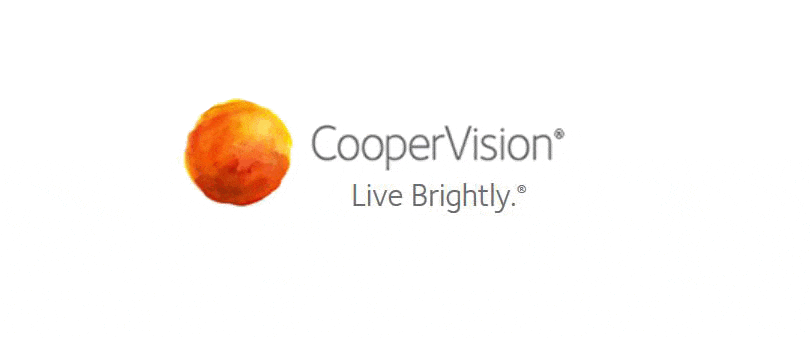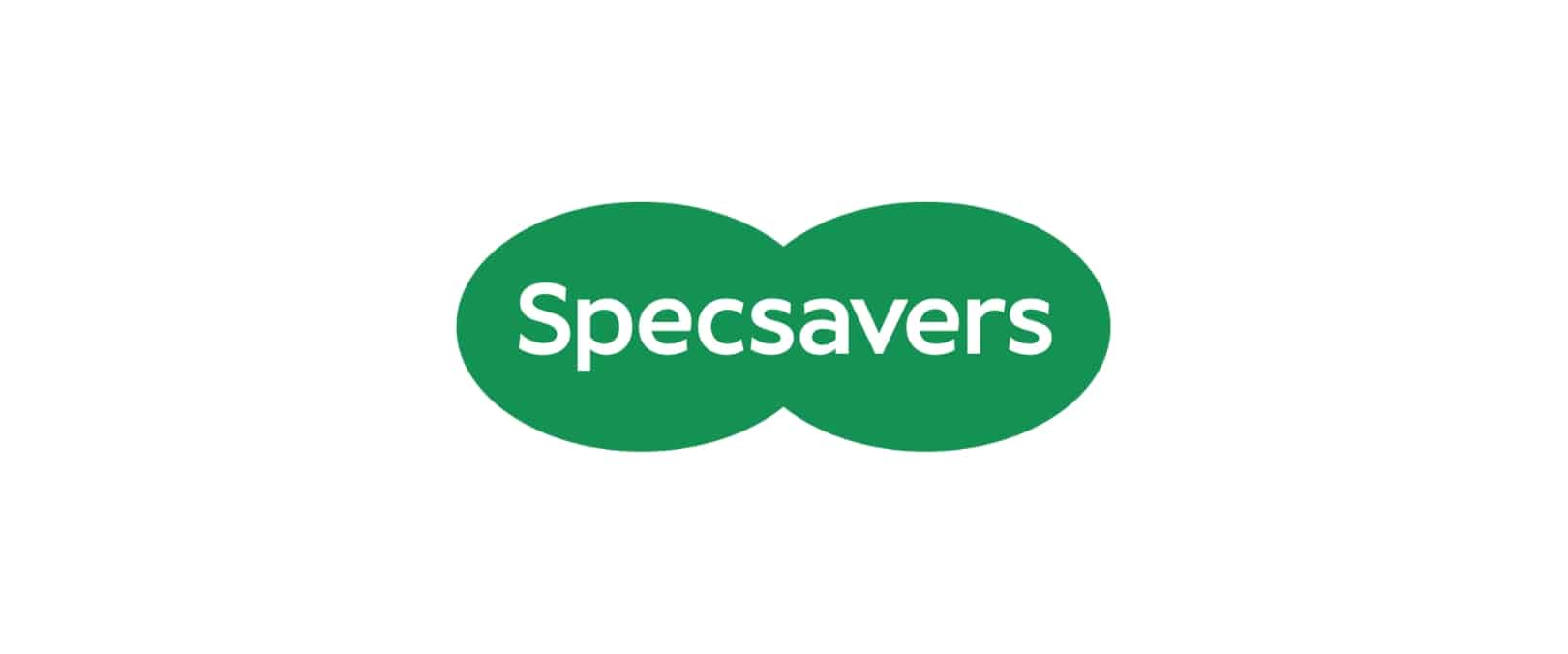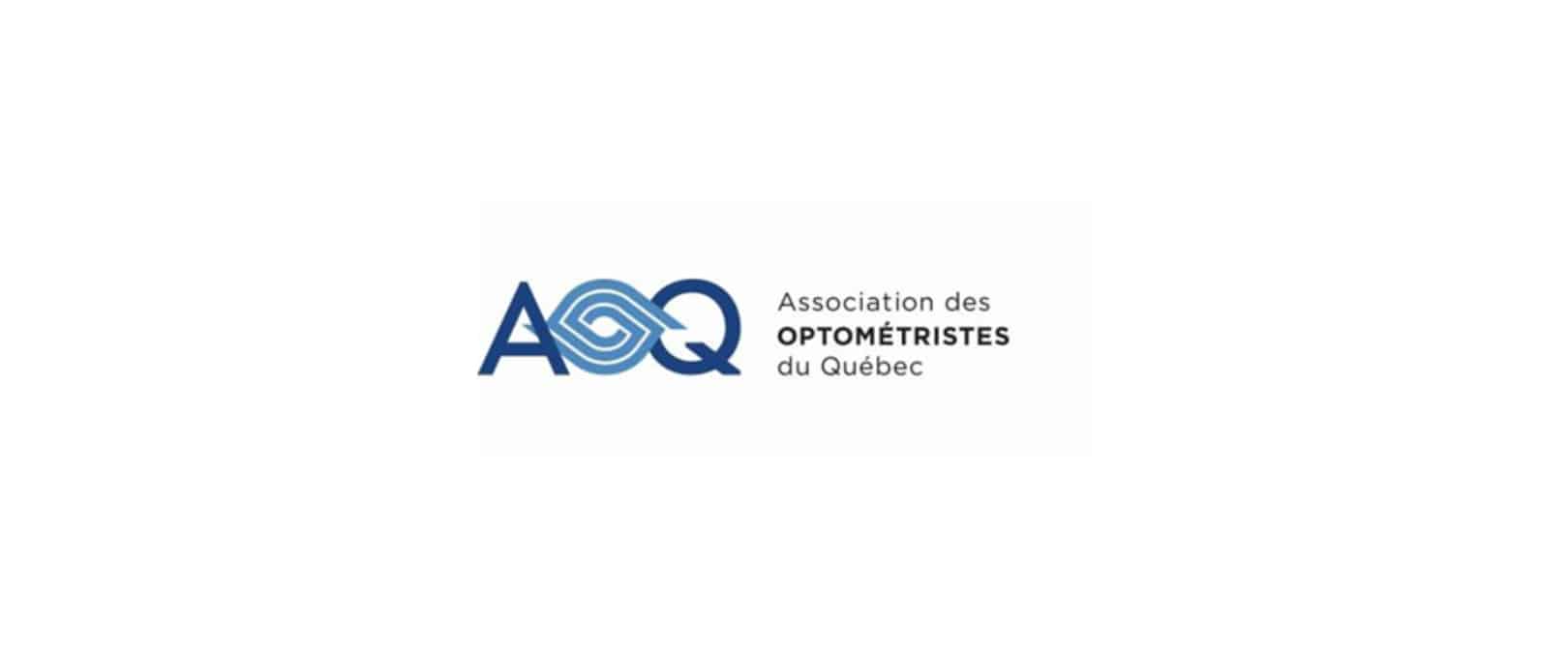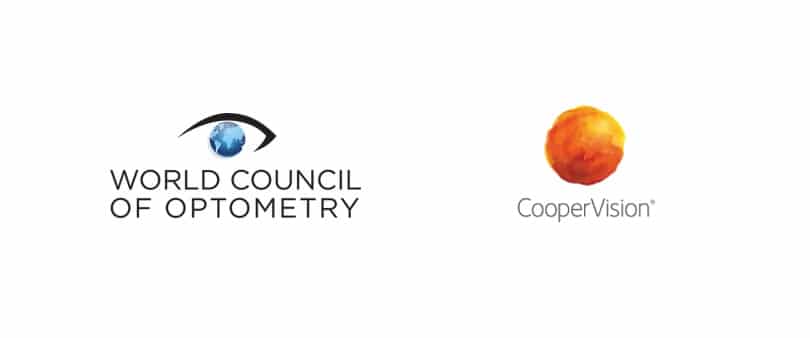Largest-Ever Study on Children’s Soft Contact Lens Wear Safety Shows Very Low Complication Rates
Wednesday, December 16 2020 | 12 h 18 min | News, Press Release
The largest-ever retrospective study of its kind has found very low complication rates in children who wear soft contact lenses, similar to rates in adults. The newly published outcomes offer eye care professionals (ECPs) valuable real-world information to better counsel parents and caregivers as they consider proven myopia management options to help slow myopia progression.
Adverse Event Rates in The Retrospective Cohort Study of Safety of Paediatric Soft Contact Lens Wear: the ReCSS Study will appear in the January 2021 issue of Ophthalmic & Physiological Optics, the peer reviewed journal of the UK College of Optometrists. It is now available in pre-press form via open access.
Widely-respected independent researcher Robin Chalmers, OD, FAAO, served as principal investigator, co-authoring the paper with CooperVision scientists John McNally, OD, FAAO, and Paul Chamberlain, BSc(Hons), and Lisa Keay, PhD, Head of the School of Optometry and Vision Science for UNSW Sydney.
The work was initiated to support CooperVision’s regulatory submissions of MiSight® 1 day contact lenses, which are currently available in 26 countries with more expected in 2021. This includes Canada, where MiSight® 1 day prescribing has steadily grown in recent years. The company’s Brilliant Futures™ Myopia Management Program launched here recently at the beginning of November.
ReCSS measured the rate of adverse events (AE) in children who were prescribed soft contact lenses before they turned 13 years old to establish wearing safety among that age group. The review documented AE details from clinical practice charts and clinical trial data of nearly 1,000 children and observed 2,713 years of wear across 4,611 visits. Compared to AE results derived exclusively from clinical trials, these data are likely to be more generalizable to real world experiences as myopia control soft contact lenses are prescribed more widely to young patients.
Clinical records from office visits with potential AEs were independently reviewed by an adjudication panel to determine a consensus diagnosis. The current findings are very similar to but slightly lower than rates reported in previous studies of similar age groups, possibly attributed to the higher proportion of daily disposable lenses in the current study. The study found the annualized incidence rate of inflammatory events was less than 1 percent per year of wear. The majority of events were conjunctivitis or foreign body abrasions, reflective of this young population.
The authors note that ReCSS study found a lower rate of microbial keratitis (7.4/10,000 years of wear) with a tighter confidence interval than other pediatric post‐market studies, offering reassurance to clinicians and parents of children regarding the safety of myopia control soft contact lenses. That rate is comparable to established rates of microbial keratitis in adults.
“ReCSS is the most extensive compilation of ‘real-world’ data supporting safety of soft contact lens wear in children, complementing the effectiveness research from our groundbreaking, multi-year MiSight® 1 day clinical study,” said McNally, who serves as CooperVision’s Senior Director of Clinical Research. “Practitioners will appreciate the fact that the study included a range of eyecare practice types and locations and a variety of soft contact lens brands, modalities and designs. Parents should be even more confident in embracing the benefits of a soft contact lens-based approach to myopia management by knowing that the study evaluated the safety of contact lenses in children of the same age range as their own.”
Click HERE for the full press release.








